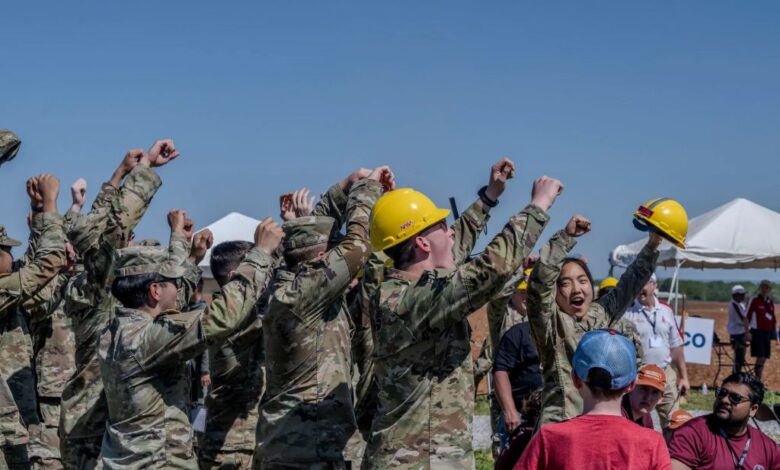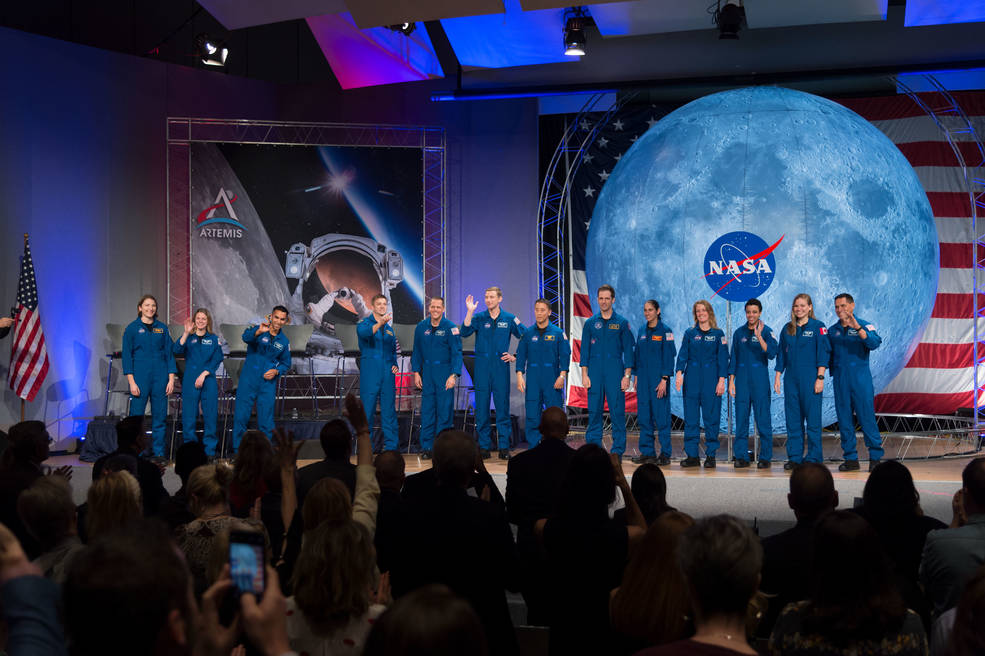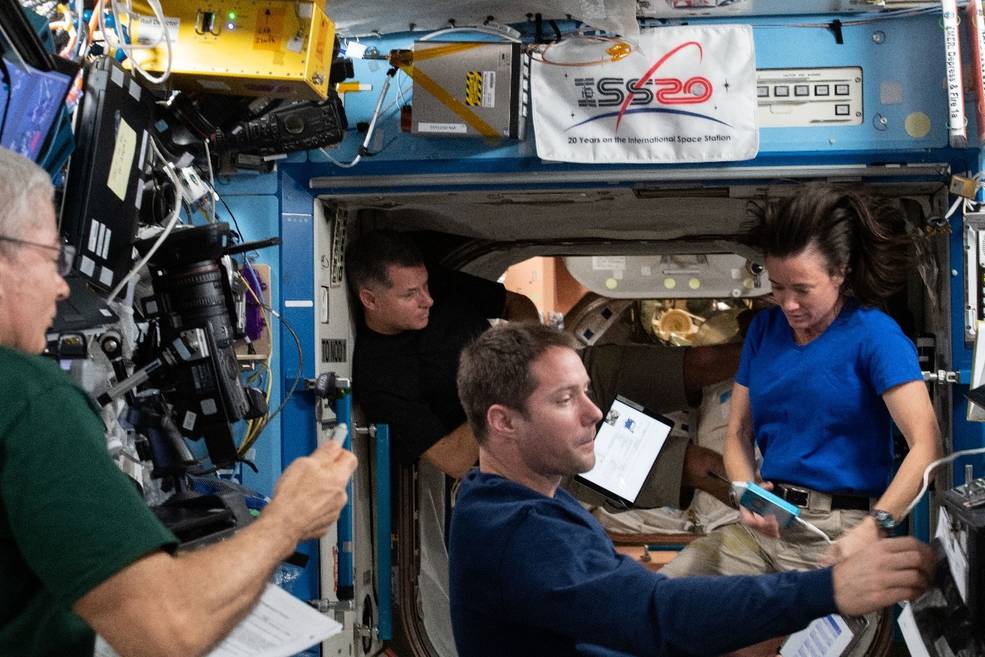NASA Announces Teams for 2025 Student Launch Challenge

NASA has selected 71 teams from across the U.S. to participate in its 25th annual Student Launch Challenge, one of the agency’s Artemis Student Challenges. The competition is aimed at inspiring Artemis Generation students to explore science, technology, engineering, and math (STEM) for the benefit of humanity.
As part of the challenge, teams will design, build, and fly a high-powered amateur rocket and scientific payload. They also must meet documentation milestones and undergo detailed reviews throughout the school year.
The nine-month-long challenge will culminate with on-site events starting on April 30, 2025. Final launches are scheduled for May 3, at Bragg Farms in Toney, Alabama, just minutes north of NASA’s Marshall Space Flight Center in Huntsville, Alabama. Teams are not required to travel for their final launch, having the option to launch from a qualified site. Details are outlined in the Student Launch Handbook.
Each year, NASA updates the university payload challenge to reflect current scientific and exploration missions. For the 2025 season, the payload challenge will again take inspiration from the Artemis missions, which seek to land the first woman and first person of color on the Moon, and pave the way for future human exploration of Mars.
As Student Launch celebrates its 25th anniversary, the payload challenge will include reports from STEMnauts, non-living objects representing astronauts. The STEMnaut crew must relay real-time data to the student team’s mission control via radio frequency, simulating the communication that will be required when the Artemis crew achieves its lunar landing.
University and college teams are required to meet the 2025 payload requirements set by NASA, but middle and high school teams have the option to tackle the same challenge or design their own payload experiment.
Student teams will undergo detailed reviews by NASA personnel to ensure the safety and feasibility of their rocket and payload designs. The team closest to their target will win the Altitude Award, one of multiple awards presented to teams at the end of the competition. Other awards include overall winner, vehicle design, experiment design, and social media presence.
In addition to the engineering and science objectives of the challenge, students must also participate in outreach efforts such as engaging with local schools and maintaining active social media accounts. Student Launch is an all-encompassing challenge and aims to prepare the next generation for the professional world of space exploration.
The Student Launch Challenge is managed by Marshall’s Office of STEM Engagement (OSTEM). Additional funding and support are provided by NASA’s OSTEM via the Next Gen STEM project, NASA’s Space Operations Mission Directorate, Northrup Grumman, National Space Club Huntsville, American Institute of Aeronautics and Astronautics, National Association of Rocketry, Relativity Space, and Bastion Technologies.
For more information about Student Launch, visit:





